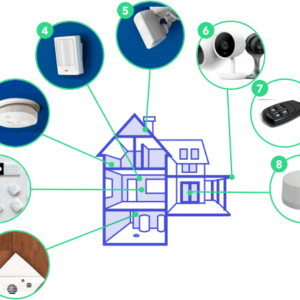In this comprehensive guide, you will learn about the basics of home security and the different aspects you need to consider when it comes to protecting your home. We will discuss popular brands such as Ring, Nest, Arlo, Wyze, SimpliSafe, Eufy Security, Blink, August Home, Honeywell Home, Ring Alarm, Vivint, Abode, Swann, Reolink, TP-Link Kasa, Logitech Circle, ADT, Schlage, First Alert, and Kangaroo. Throughout the article, we will explore the features, benefits, and potential drawbacks of these brands to help you make an informed decision for your home security needs. So let’s dive in and explore the world of home security!
Introduction to Home Security: A Comprehensive Guide
In today’s world, the importance of home security cannot be stressed enough. The rising need for home security has become a necessary aspect of our lives to protect our homes and loved ones. This comprehensive guide will help you understand the various aspects of home security systems, the components involved, popular brands in the market, installation and setup options, available features and technology, budget-friendly alternatives, and the benefits of investing in a reliable home security system.
The Rising Need for Home Security
As crime rates continue to climb, homeowners are increasingly concerned about the safety and security of their properties. The fear of burglaries and break-ins has become a common concern, making home security systems a must-have for any homeowner. According to statistics, homes without security systems are three times more likely to be targeted by burglars, highlighting the importance of implementing effective security measures.

Protecting Your Home and Family
The primary objective of a home security system is to protect your home and family from potential threats. A well-designed system can provide peace of mind, especially when you are away from home for extended periods. By deterring burglaries and break-ins, you ensure the safety of your loved ones, prevent the loss of valuable possessions, and maintain the sanctity of your living space.
Deterrence of Burglaries and Break-Ins
One of the main advantages of a home security system is its ability to deter burglaries and break-ins. Homes equipped with visible security measures are less likely to be targeted by potential criminals. The presence of security cameras, motion sensors, and alarm systems serves as a deterrent, as intruders are aware of the increased risk of getting caught in the act.
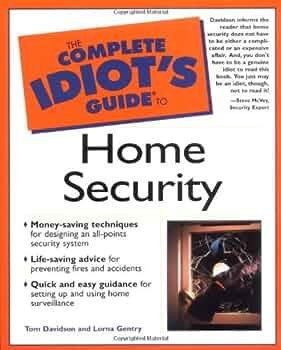
Types of Home Security Systems
Wired vs. Wireless Systems
When it comes to home security systems, you have the option to choose between wired and wireless systems. Wired systems rely on physical connections, while wireless systems use wireless technology to communicate between components. Wireless systems offer more flexibility and easier installation, as they eliminate the need for drilling and running wires throughout your home.
Centralized vs. Decentralized Systems
Another consideration when selecting a home security system is the choice between centralized and decentralized systems. Centralized systems have a central control panel that manages all the connected devices, while decentralized systems distribute control to each individual component. Depending on your preferences and requirements, you can choose a system that best suits your needs.
Monitored vs. Unmonitored Systems
Home security systems can be broadly classified as monitored or unmonitored systems. Monitored systems are connected to a professional monitoring service that responds to triggered alarms and alerts authorities if necessary. Unmonitored systems, on the other hand, rely on notifications sent directly to homeowners’ smartphones or other devices. The choice depends on the level of security you desire and your willingness to pay for professional monitoring services.
Components of a Home Security System
A comprehensive home security system consists of various components that work together to provide comprehensive protection. Understanding the different components helps you make informed decisions when selecting the right system for your home.
Security Cameras
One of the key components of a home security system is security cameras. These cameras capture footage of your property and act as a deterrent for potential intruders. They provide visual evidence in case of a break-in and can be either wired or wireless, indoor or outdoor, depending on your needs.
Motion Sensors
Motion sensors are designed to detect movement within a specific range, triggering an alarm or alert. These sensors can be strategically placed around your home, ensuring comprehensive coverage. They are particularly effective in detecting unexpected movement and can be integrated with other security features, such as cameras and alarms.
Door and Window Sensors
Door and window sensors are vital for securing the entry points of your home. These sensors are typically placed on doors, windows, and other access points to detect any unauthorized openings. When a door or window is opened, it triggers an alarm or alert, notifying you of potential breaches.
Smart Locks
Smart locks offer an additional layer of security by replacing traditional door locks with smart, digital alternatives. They can be controlled remotely through a mobile app or integrated with other smart home devices. These locks enable keyless entry and, in some cases, allow you to grant temporary access to trusted individuals.
Alarm Systems
Alarm systems are an integral part of any home security system. When triggered, they emit a loud sound to alert homeowners and potentially scare off intruders. Alarm systems can be connected to motion sensors, door/window sensors, and other components to provide comprehensive security.
Video Doorbells
Video doorbells have gained popularity in recent years due to their ability to provide visual and audio communication with visitors. They allow homeowners to remotely view and interact with anyone at their front door, enhancing security and convenience.
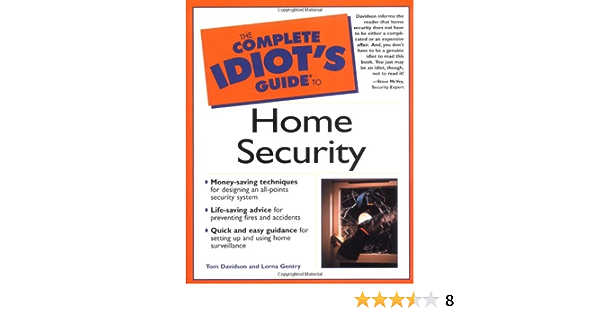
Choosing the Right Home Security System
Selecting the right home security system requires careful consideration of various factors. Assessing your security needs, considering the size and layout of your home, comparing features and functionality, evaluating installation and maintenance requirements, and reading customer reviews and ratings are all crucial steps in finding the perfect fit for your home.
Assessing Your Security Needs
Start by assessing the specific security needs of your home and the level of protection you require. Determine if you need a comprehensive system or if certain areas of your property require additional security measures.
Considering the Size and Layout of Your Home
The size and layout of your home also play a significant role in the type of security system you choose. Larger homes may require a more extensive network of cameras and sensors, while smaller homes may require a more streamlined setup. Consider the number of entry points, the presence of outdoor areas, and any unique features of your home that may require specific security measures.
Comparing Features and Functionality
Different home security brands offer various features and functionalities. Compare the features that are important to you, such as remote access, advanced motion detection, and integration with smart home devices. Determine which features align with your needs and prioritize them accordingly.
Evaluating Installation and Maintenance Requirements
Consider your willingness and ability to install and maintain the system. Some systems require professional installation, while others offer easy do-it-yourself options. Understand the installation and maintenance requirements and ensure they align with your capabilities and preferences.
Reading Customer Reviews and Ratings
To gain insight into the performance and reliability of a home security system, explore customer reviews and ratings. Real-life experiences from current users can provide valuable information and help you make an informed decision.
Popular Home Security Brands
With a multitude of home security brands on the market, it’s essential to familiarize yourself with some of the leading options. Here are some popular brands to consider:
- Ring
- Nest
- Arlo
- Wyze
- SimpliSafe
- Eufy Security
- Blink
- August Home
- Honeywell Home
- Ring Alarm
- Vivint
- Abode
- Swann
- Reolink
- TP-Link Kasa
- Logitech Circle
- ADT
- Schlage
- First Alert
- Kangaroo
Each brand offers its own unique features and advantages, so it’s important to research and compare them to determine which aligns with your specific needs and preferences.
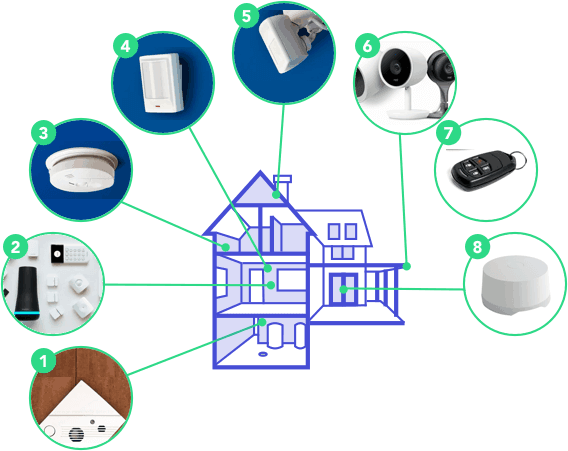
Installation and Setup
When it comes to installation and setup, there are various options to consider. The choice between do-it-yourself installation and professional installation services depends on your comfort level, expertise, and time availability. Additionally, consider the integration of the home security system with existing smart home devices, as well as the setup of mobile apps and remote access.
Do-it-Yourself Installation
Many home security systems offer easy do-it-yourself installation, allowing homeowners to set up their systems without professional assistance. These systems often include user-friendly instructions and support, making installation accessible to individuals with minimal technical expertise.
Professional Installation Services
For those who prefer a hassle-free installation process or require complex setups, professional installation services are available. Trained technicians will install and configure the system for you, ensuring optimal performance and peace of mind.
Integration with Existing Smart Home Devices
If you already have smart home devices, consider selecting a home security system that seamlessly integrates with your existing technology. This integration allows you to control multiple devices through a single interface, enhancing convenience and efficiency.
Setting Up Mobile Apps and Remote Access
Most home security systems offer mobile apps that provide remote access and control. These apps enable you to monitor your property, receive notifications, and control various aspects of your security system from anywhere in the world. Set up the mobile app according to the instructions provided by the manufacturer to ensure a smooth experience.
Home Security Features and Technology
Home security systems have evolved significantly, offering a wide range of features and technologies aimed at enhancing security and convenience. Here are some common features to look for when selecting a system:
Live Video Monitoring
Live video monitoring allows you to view real-time footage of your property from anywhere at any time. Whether you’re at work, on vacation, or simply in another room, you can keep an eye on what’s happening, ensuring peace of mind.
Two-Way Audio Communication
Systems with two-way audio communication enable you to communicate directly with individuals at your front door or other areas of your property. This feature enhances security and allows you to interact with delivery persons, visitors, or potential intruders.
Motion Detection and Alerts
Motion detection capabilities are essential for any home security system. The ability to detect motion triggers alerts or alarms, notifying you of any suspicious activity. Advanced systems can differentiate between humans, animals, and objects, reducing false alarms.
Geofencing Capabilities
Geofencing technology allows you to set virtual boundaries for your property. When you leave or enter the defined area, your security system can automatically arm or disarm itself. This feature offers convenience and ensures that your security system is always functioning when it needs to be.
Smart Home Automation Integration
Many home security systems integrate with other smart home devices, such as lights, thermostats, and voice assistants. This integration allows you to create automated routines and control multiple aspects of your home’s functionality, enhancing convenience and energy efficiency.
Cloud Storage and Video Playback
Cloud storage enables you to store and access recorded video footage remotely. This feature ensures that your valuable video evidence is secure and readily available. Additionally, the ability to playback recorded footage allows you to review past events and incidents.
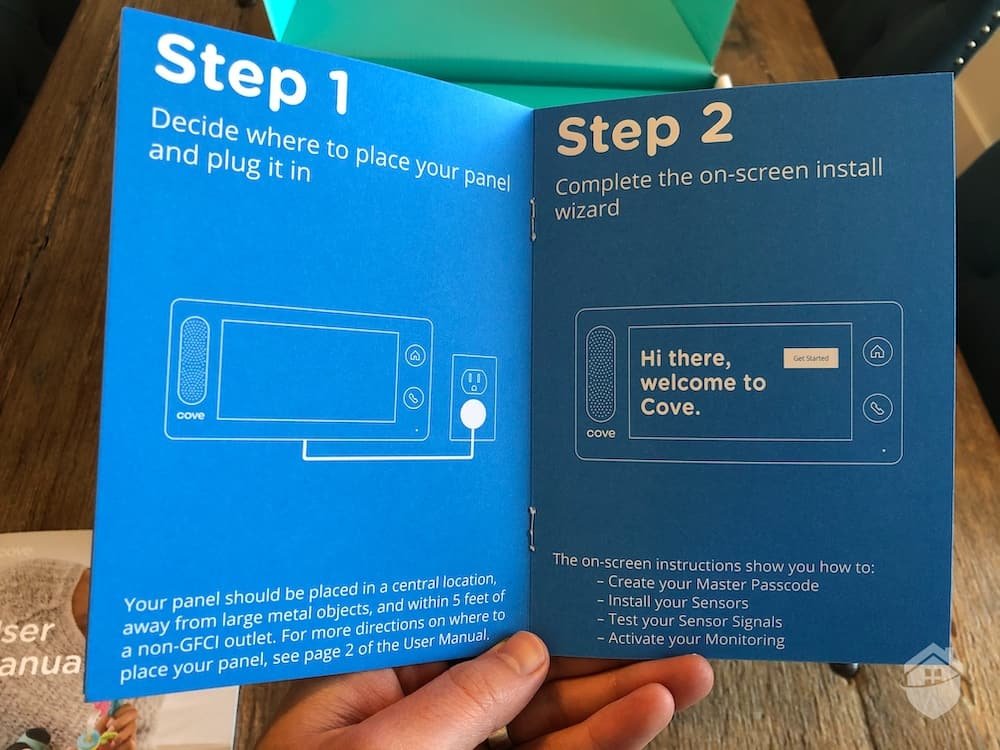
Home Security on a Budget
Home security systems come in various price ranges, making it possible to find options that suit different budgets. Here are some budget-friendly alternatives and considerations when looking for affordable home security:
Affordable Alternatives
Not all home security systems are expensive. Some budget-friendly options offer basic functionalities, such as security cameras, motion sensors, and alarms, without the additional bells and whistles. Assess your needs and prioritize the essential features to find a system that fits your budget.
DIY Options
Do-it-yourself home security systems are often more budget-friendly, as they eliminate the need for professional installation services. These systems can be customized to fit your specific requirements, ensuring that you only pay for the features you need.
Subscription vs. Non-Subscription Plans
When choosing a home security system, consider whether you prefer a subscription-based plan or a non-subscription plan. Subscription plans generally provide additional services, such as professional monitoring and cloud storage, but come with ongoing fees. Non-subscription plans may offer limited features but require no recurring costs.
Smart Home Security Bundles
Some manufacturers offer bundled packages that include multiple security devices at a discounted price. These bundles usually include essential components such as cameras, sensors, and an alarm system. Consider these packages as a cost-effective way to jumpstart your home security efforts.
Benefits of Home Security Systems
Investing in a reliable home security system provides numerous benefits beyond just protecting your home from potential threats. Let’s explore some of the key advantages:
Peace of Mind
Having a home security system in place gives you peace of mind, knowing that your loved ones and belongings are protected. Whether you’re at home or away, you can feel secure and confident that your property is being monitored.
Crime Deterrence
The mere presence of a home security system acts as a deterrent for potential criminals. Visible security cameras, alarm systems, and motion sensors can discourage intruders from targeting your home, preventing potential crimes before they even occur.
Increasing Property Value
Installing a home security system can increase the value of your property. Potential buyers value the added safety and security features, making your home more appealing in the real estate market.
Insurance Discounts
Many insurance companies offer discounts on homeowners’ insurance premiums for properties equipped with a home security system. By securing your home, you lower the risk of potential claims and can enjoy reduced insurance costs.
Remote Access and Control
Home security systems with mobile apps provide remote access and control capabilities. You can monitor and control your security system, receive real-time notifications, and view live or recorded footage from anywhere using your smartphone or other devices.
Conclusion
Investing in a reliable home security system is essential to protect your loved ones and belongings. With numerous brands and options available, it’s important to thoroughly research and compare the features, installation processes, and costs to make an informed decision. Prioritize your security needs and budget, and consider the long-term benefits a home security system can provide. Remember to regularly update and maintain your system to ensure optimal performance and peace of mind.
